Intro
Discover causes and treatments for blisters on hands, including friction blisters, water blisters, and blood blisters, and learn how to prevent and heal hand blisters with home remedies and medical care.
Blisters on hands can be a frustrating and painful experience, especially for individuals who engage in activities that involve manual labor, sports, or musical instruments. These fluid-filled bubbles can appear on the palms, fingers, or wrists, causing discomfort and affecting daily activities. Understanding the causes, symptoms, and treatment options for blisters on hands is essential to alleviate the discomfort and prevent future occurrences.
The formation of blisters on hands is often a result of friction, pressure, or burns, which cause the skin to separate from the underlying tissue and fill with fluid. This fluid, known as serum, helps to cushion the damaged skin and promote healing. However, blisters can also be caused by other factors such as allergies, infections, or medical conditions. Identifying the underlying cause of the blister is crucial to determine the best course of treatment.
Blisters on hands can be a nuisance, but they can also be a sign of an underlying issue that needs attention. For instance, individuals who experience recurring blisters on their hands may need to re-evaluate their daily activities, such as wearing gloves or using proper hand positioning when playing musical instruments. Moreover, blisters can also be a symptom of a more serious condition, such as eczema or psoriasis, which requires medical attention.
Causes of Blisters On Hands
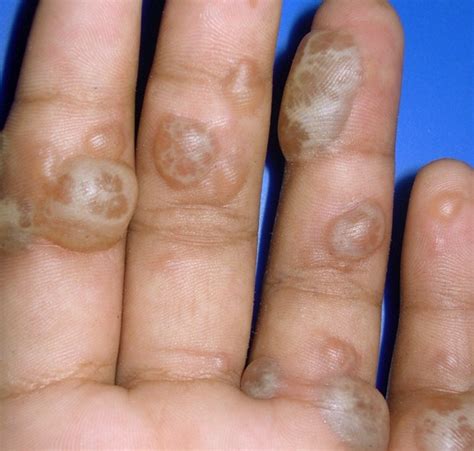
Friction Blisters
Friction blisters are the most common type of blisters on hands and occur when the skin is subjected to repeated rubbing or pressure. This can happen when engaging in activities such as sports, playing musical instruments, or using tools without proper hand positioning. Friction blisters can also occur due to poorly fitting gloves or shoes, which can cause friction and irritation on the skin.Burn Blisters
Burn blisters occur when the skin is exposed to intense heat or cold, causing damage to the skin and underlying tissue. This can happen due to accidental burns, such as touching a hot surface or spilling hot liquids on the skin. Burn blisters can also occur due to sunburn or frostbite, which can cause damage to the skin and underlying tissue.Symptoms of Blisters On Hands
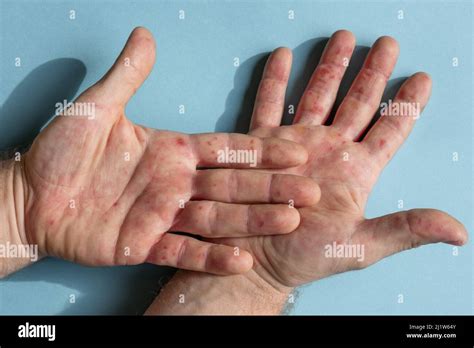
Pain and Discomfort
Pain and discomfort are common symptoms of blisters on hands, especially when the blister is touched or pressed. The pain can range from mild to severe, depending on the size and location of the blister.Redness and Swelling
Redness and swelling are also common symptoms of blisters on hands, especially if the blister becomes infected. The skin around the blister may become red, swollen, and warm to the touch.Treatment Options for Blisters On Hands
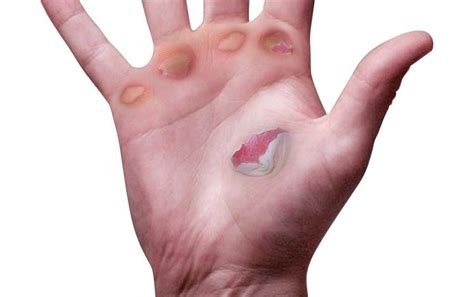
Self-Care Measures
Self-care measures, such as keeping the blister clean and dry, can help to promote healing and prevent infection. Applying topical creams or ointments, such as antibiotic ointment or hydrocortisone cream, can also help to reduce inflammation and promote healing.Medical Attention
Medical attention may be necessary if the blister becomes infected or does not heal on its own. A doctor may prescribe antibiotics or other medications to help clear up the infection and promote healing.Prevention of Blisters On Hands
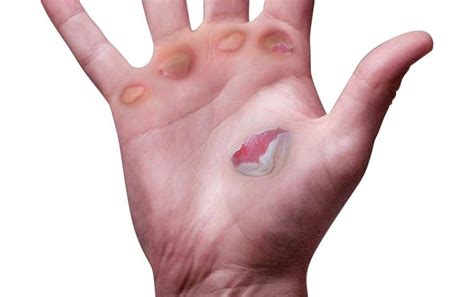
Wearing Proper Gloves or Clothing
Wearing proper gloves or clothing can help to prevent blisters by reducing friction and irritation on the skin. This is especially important for individuals who engage in activities that involve manual labor or sports.Using Tools or Equipment with Proper Hand Positioning
Using tools or equipment with proper hand positioning can also help to prevent blisters by reducing friction and irritation on the skin. This is especially important for individuals who play musical instruments or engage in activities that involve repetitive motions.Complications of Blisters On Hands
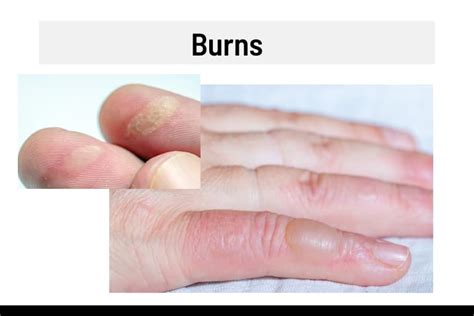
Infections
Infections are a common complication of blisters on hands, especially if the blister is not properly cared for. Infections can lead to increased redness, swelling, and pus, and can spread to other parts of the body if left untreated.Scarring or Permanent Damage
Scarring or permanent damage to the skin and underlying tissue can occur if the blister is not properly cared for or if it becomes infected. This can lead to long-term discomfort and affect daily activities.What are the most common causes of blisters on hands?
+The most common causes of blisters on hands are friction, burns, and medical conditions such as eczema or psoriasis.
How can I prevent blisters on hands?
+Preventing blisters on hands can be done by wearing proper gloves or clothing, using tools or equipment with proper hand positioning, and avoiding activities that cause friction or irritation.
What are the symptoms of blisters on hands?
+The symptoms of blisters on hands include pain, redness, swelling, and fluid-filled bubbles on the skin.
In conclusion, blisters on hands can be a frustrating and painful experience, but understanding the causes, symptoms, and treatment options can help to alleviate the discomfort and prevent future occurrences. By taking preventive measures, such as wearing proper gloves or clothing and using tools or equipment with proper hand positioning, individuals can reduce the risk of developing blisters on hands. If you have any questions or concerns about blisters on hands, please feel free to comment below or share this article with others who may find it helpful.
